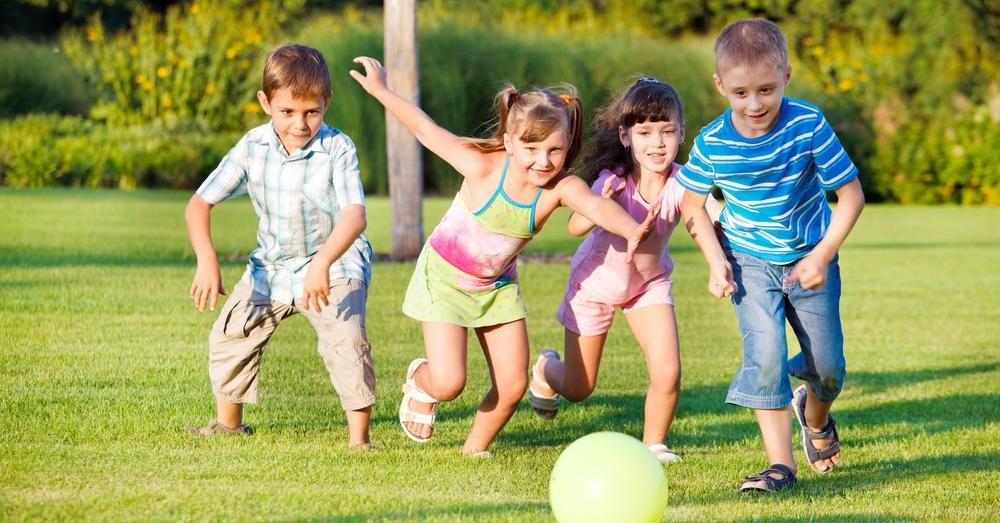Introduction
In today’s digital age, children are spending more time than ever before in front of screens, be it for education or leisure. This sedentary lifestyle has raised concerns about the health and well-being of our youngest generation. To counteract this trend, educators and parents alike are recognizing the importance of incorporating physical activity into children’s education. In this blog, we will explore the numerous benefits of integrating physical activity into the school day and discuss effective strategies for doing so.
Benefits of Physical Activity in Education
Improved Academic Performance
Contrary to the misconception that physical activity detracts from academic achievement, research has consistently shown that it can actually enhance cognitive functions. Regular physical activity increases blood flow to the brain, which improves concentration, memory, and problem-solving skills. Students who engage in physical activity tend to perform better academically and score higher on standardized tests.
Enhanced Physical Health
Physical activity promotes a healthy lifestyle, helping children develop strong bones and muscles, maintain a healthy weight, and reduce the risk of chronic diseases like obesity, diabetes, and heart disease. By incorporating physical education into their daily routines, children are more likely to develop lifelong habits of regular exercise.
Social and Emotional Development
Physical activity fosters important social and emotional skills. Team sports, for instance, teach cooperation, teamwork, and communication. It also provides a platform for children to build self-esteem and resilience by setting and achieving personal goals. Engaging in physical activities can reduce stress, anxiety, and symptoms of depression, leading to improved mental health.
Behaviour Management
Physical activity can help manage and reduce behavioral issues in the classroom. It allows children to release pent-up energy, leading to improved focus and concentration during lessons. Teachers often find that students who engage in regular physical activity are more attentive and less disruptive in class.
Strategies for Incorporating Physical Activity into Education
Physical Education Classes
One of the most direct ways to promote physical activity in schools is through physical education (PE) classes. Schools should allocate adequate time for PE each week and ensure that students receive instruction in a variety of activities, including team sports, individual sports, and fitness routines.
Active Recess and Breaks
Encourage schools to implement active recess and breaks, providing opportunities for children to move and play during their downtime. Activities such as jump rope, tag, or even a quick dance session can re-energize students for their upcoming lessons.
Active Learning
Teachers can incorporate physical activity into academic lessons by using active learning strategies. For example, math problems can be solved by physically moving objects, and historical events can be re-enacted. This not only engages students but also reinforces learning through movement.
Walking or Biking to School
Promote walking or biking to school when possible. Encouraging active transportation not only increases physical activity but also reduces traffic congestion and air pollution around schools.
Extracurricular Activities
Support extracurricular activities such as sports clubs, dance classes, or martial arts programs. These activities offer additional opportunities for physical fitness and skill development outside of regular school hours.
Mindful Integration
Integrate physical activity into various subjects creatively. For instance, art classes could involve outdoor painting, and science lessons could include nature hikes. Such activities make learning more enjoyable and memorable.
Family and Community Involvement
Engage parents and the community in promoting physical activity. Schools can organize family fitness nights, community walks, or sports tournaments to encourage active involvement and build a supportive network.
Conclusion
Incorporating physical activity into children’s education offers numerous benefits for their physical, mental, and academic development. By adopting a holistic approach that includes physical education, active breaks, active learning, and community involvement, we can ensure that our children lead healthier, happier, and more successful lives. It’s time to recognize that movement is not a distraction from education but an integral part of it. As educators, parents, and communities, we have the power to shape the future by fostering a love for physical activity in our children






